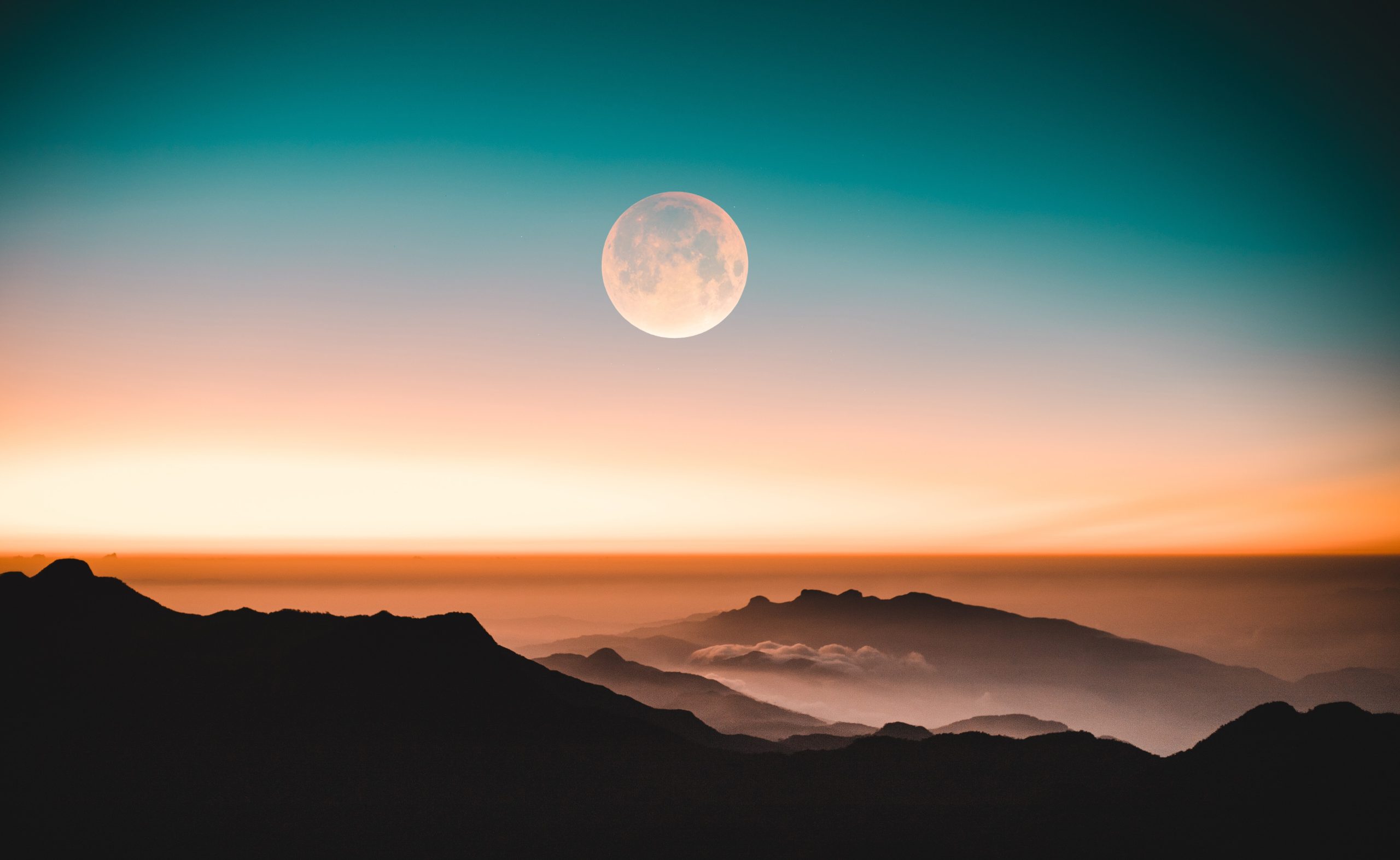How Does the Moon Have Different Shapes?
The moon, Earth’s only natural satellite, has captivated human beings for centuries with its mesmerizing appearances. From crescent moons to full moons, its changing shapes have inspired myths, stories, and scientific exploration. But what causes the moon to have different shapes? In this blog post, we will delve into the fascinating mechanics behind the moon’s changing phases and the factors influencing its appearance.
Understanding the Moon’s Phases
The moon’s different shapes are collectively referred to as phases. These phases occur as a result of the relative positions of the sun, the moon, and the Earth. As the moon orbits our planet, it reflects varying amounts of sunlight towards Earth, leading to the distinct phases we observe.
To better understand the moon’s phases, let’s break it down into the following eight primary stages:
- New Moon
- Waxing Crescent
- First Quarter
- Waxing Gibbous
- Full Moon
- Waning Gibbous
- Last Quarter
- Waning Crescent
During a new moon, the moon is positioned between the Earth and the sun, with no sunlight reflecting off the side visible from Earth. As a result, it appears completely dark. Next, a small portion of the moon becomes visible in a waxing crescent phase. This illumination increases as it progresses through the first quarter and waxing gibbous phases until reaching the full moon, where the entire side visible from Earth is lit up.
After the full moon, the illumination gradually decreases as it enters the waning gibbous, last quarter, and waning crescent phases before returning to a new moon. This cycle repeats approximately every 29.5 days, known as a lunar month.
Gravity, Sunlight, and the Moon’s Shape
It’s important to note that the moon does not have different physical shapes. Instead, its appearance alters due to the sunlight hitting its surface as well as the gravitational influence between the Earth and the moon.
The gravitational interaction between the Earth and the moon primarily causes tides on our planet. However, it also creates a tidal bulge on the moon itself, leading to the phenomenon known as tidal locking. Tidal locking means that the moon’s rotation speed is synchronized with its period of revolution around the Earth, causing one side of the moon to always face Earth.
As a result of tidal locking, the moon’s surface remains constant concerning our perspective from Earth. However, the amount of sunlight illuminating the visible portion of the moon changes. The moon’s shape is therefore determined by the positioning of the sun, Earth, and moon during different stages of its orbit.
The sun’s light hits the moon from different angles depending on where it is in its orbit around Earth. This causes varying portions of the moon’s illuminated side to be visible to us. When the sun is directly behind the moon from our viewpoint, the side visible from Earth is fully lit, resulting in a full moon. On the other hand, when the sun is at an angle, the visible side appears partially lit, creating crescent or gibbous phases.
The Moon’s Orbit and its Effects
The moon’s orbit around the Earth is not a perfect circle but rather an ellipse. This means that its distance from Earth varies throughout its orbital period. When the moon is closest to Earth, known as perigee, it is approximately 363,300 kilometers (225,622 miles) away. Conversely, when it is farthest from Earth, known as apogee, it is around 405,500 kilometers (251,655 miles) away.
These variations in distance affect the apparent size of the moon as seen from Earth. When the moon is at its perigee, it appears larger in the sky, creating what is popularly known as a “supermoon.” Conversely, during the apogee, the moon appears smaller, though the difference is often difficult to perceive without direct comparison.
Furthermore, the moon’s elliptical orbit can also influence the duration of the moon’s phases. When the moon is closer to Earth, it moves faster along its orbit, resulting in shorter phases. Conversely, when the moon is farther away, it moves slower, causing phases to last longer.
Conclusion
The moon’s different shapes, or phases, result from a combination of the relative positions of the sun, Earth, and the moon, as well as the interaction of gravity and sunlight. Through its elliptical orbit and tidal locking phenomenon, the moon presents us with an enchanting array of visuals, from the dark new moon to the radiant full moon. Understanding these mechanics enhances our appreciation of this celestial object that has captivated humanity for centuries.
Remember to take a moment to gaze at the moon the next time you see it. Reflect on the profound concepts behind its varying shapes and allow yourself to be awed by the wonders of the universe.
Table of Contents
